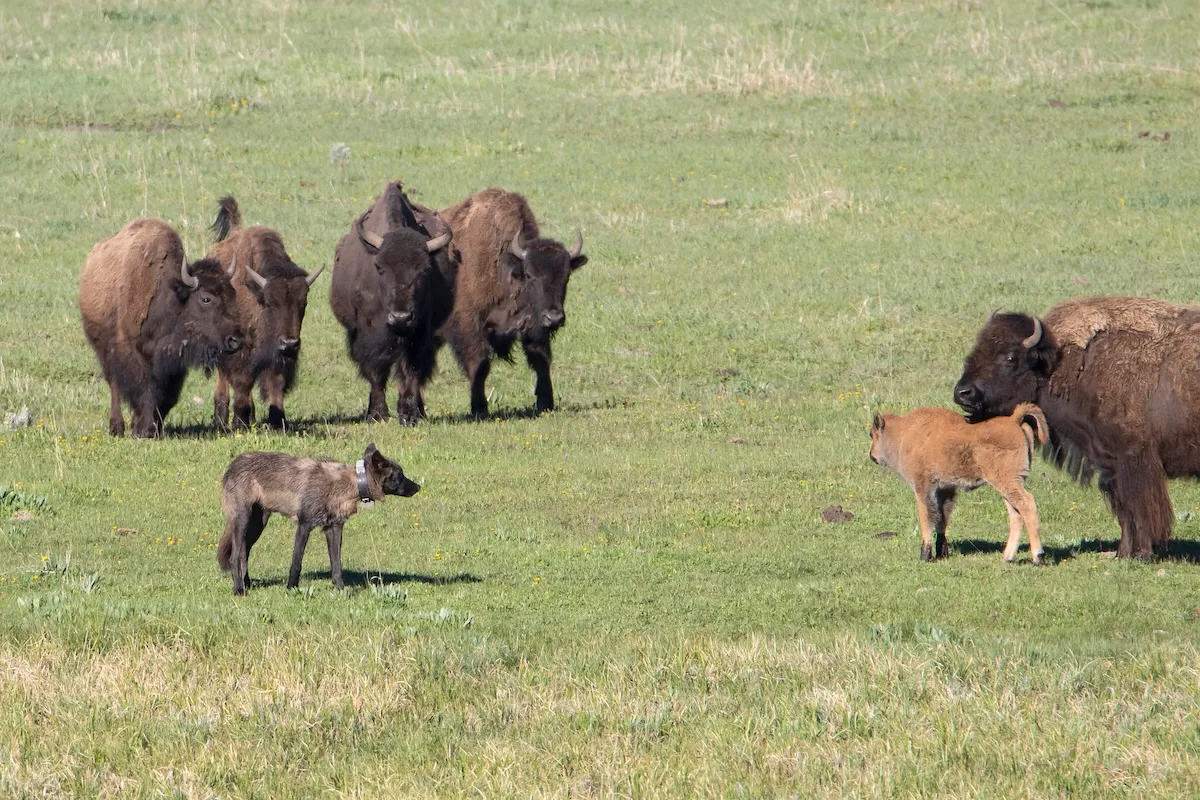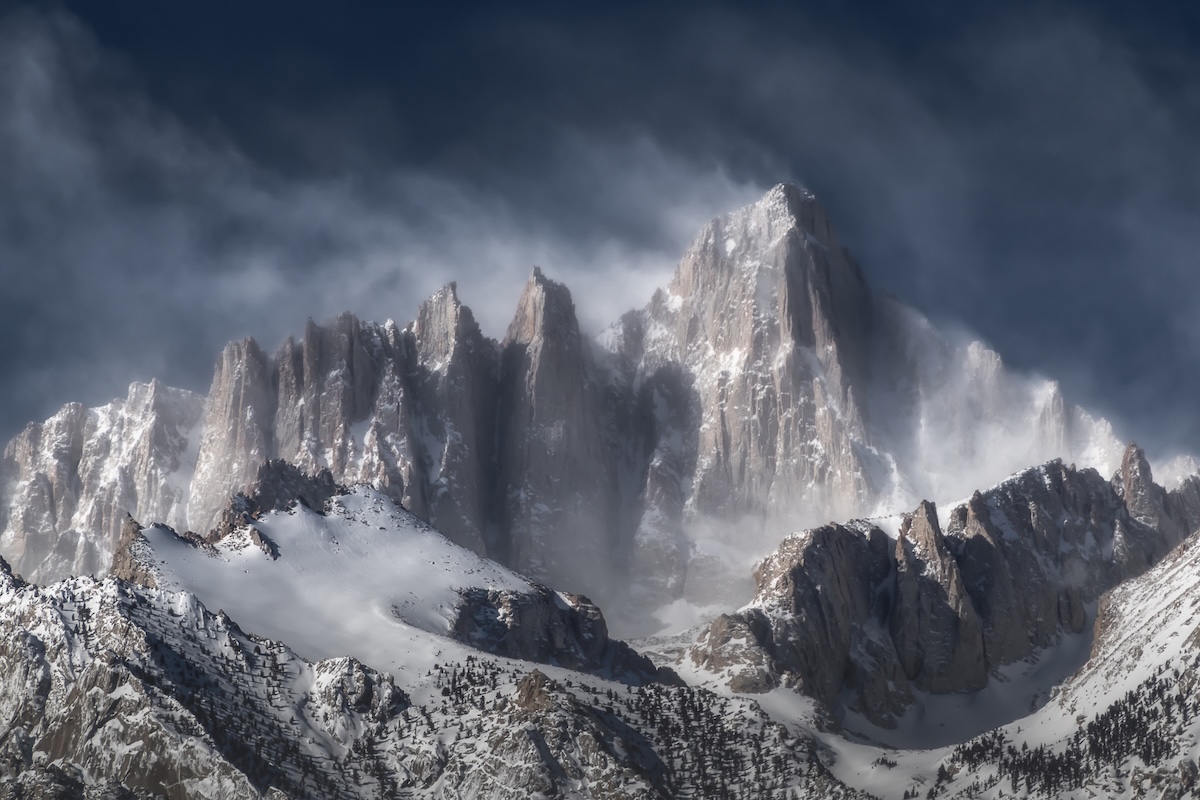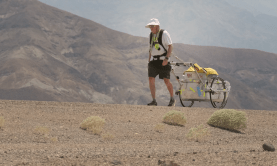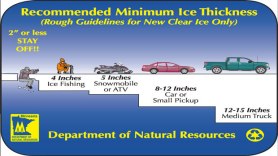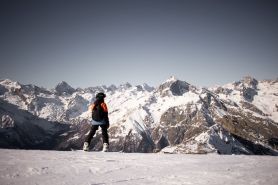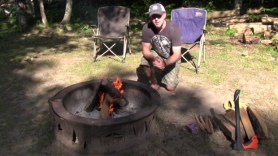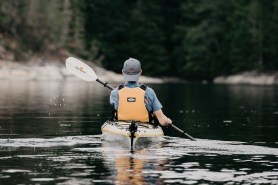

Bear Grylls knows a thing or two about cold. At age 23, he was one of the youngest climbers ever to reach the summit of Mount Everest. He has also flown a paraglider high in the Himalayas, crossed the polar icecaps, slept in snow caves, climbed into crevasses, swum in icy water and explored ice caves under glaciers. We need a sweater just thinking about it.
Videos by Outdoors
In a survival situation, Bear notes that apart from the lack of food, water and sleep, the three main dangers to life from subzero temperatures are:
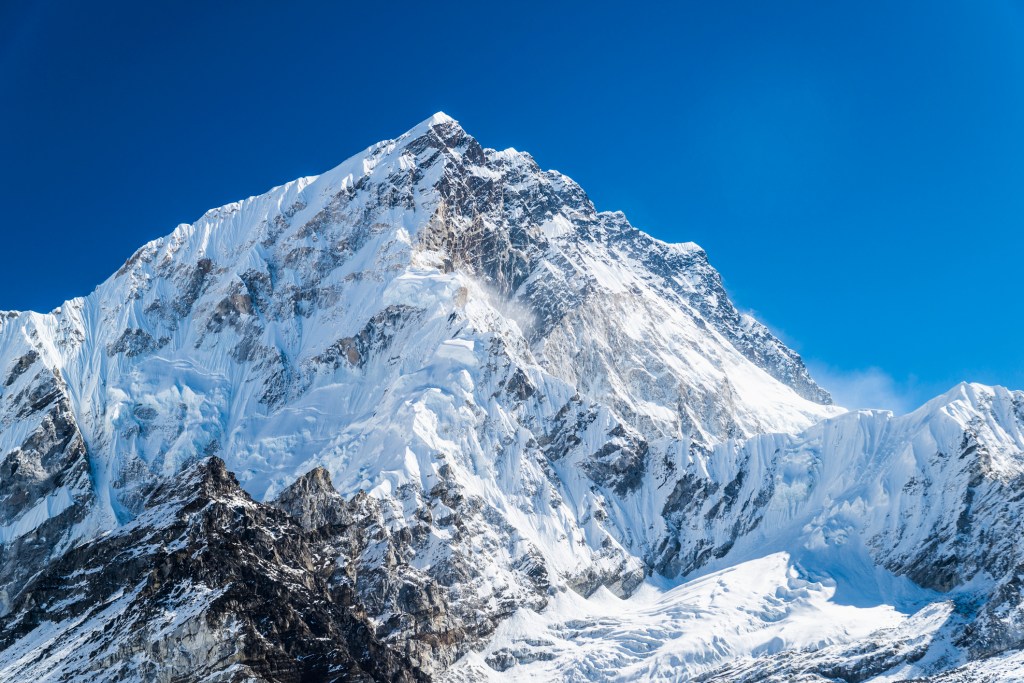
Hypothermia
The core temperature of the human body is 98.6°F. Once the body temperature drops below 95°F, there is a danger of hypothermia, which produces symptoms like confusion, loss of consciousness, and heart failure. Shivering is the first sign that the body is cooling too quickly and that is when you need to intervene. If hypothermia is not resolved early, it can lead to death.
How to avoid hypothermia
Stay dry. Avoid getting your body or your clothing wet. Skip cotton base layers entirely. Avoid sweating by removing layers as you warm up and then reapplying them as you cool down. Keep your head warm by keeping it covered at all times – around a third of your body heat is lost through your head and neck. “The key to survival in the cold is sorting out the problem before it is too late,” says Bear.
Frostbite
Frostbite happens when the body deliberately reduces blood flow to extremities – like your feet and hands – in order to keep the heat in the core. The tissue freezes – first going white then red, then black. Blood poisoning can follow. You can reverse minor frostbite, but if you happen to get severe frostbite, keep the limb frozen until you reach help rather than trying to thaw it out.
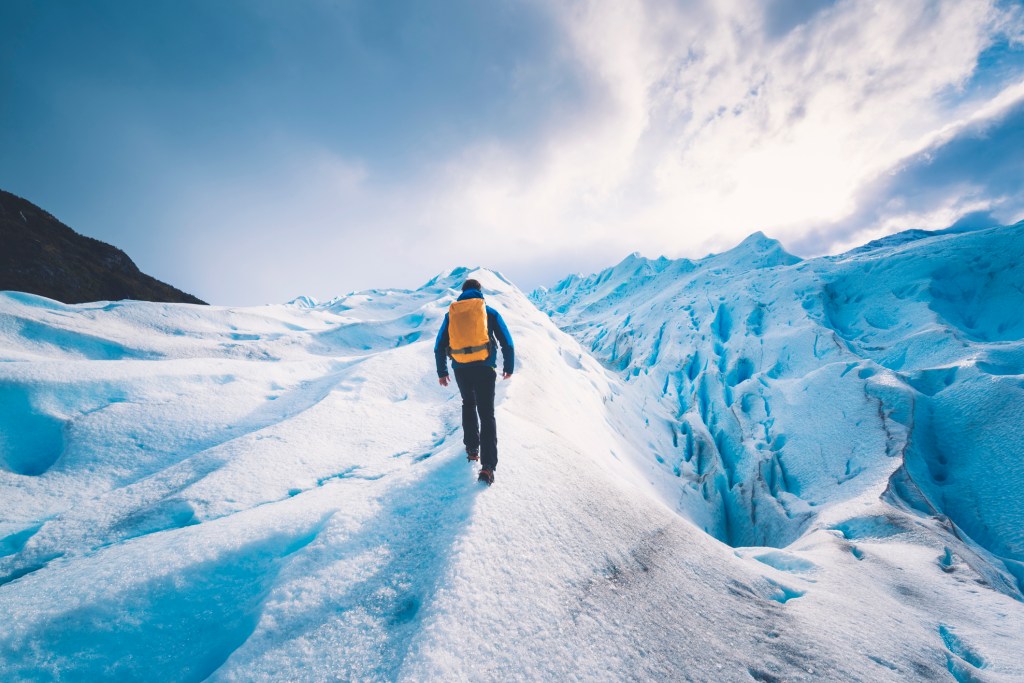
How to avoid frostbite
Keep clothing and footwear dry. Keep your socks and the inside of your boots dry, even if you have to keep changing and drying your socks. Keep your boots warm at night – if you take them off, keep them next to your body. Wear gloves and keep them dry. Keep your blood circulating by keeping limbs moving as much as you can, for as long as you can. “Keeping warm is a battle of will, a resolution to keep limbs and extremities moving and working, resisting the temptation to give up and allow them to go numb,” says Bear Grylls in his book, Born Survivor.
Snow blindness
The reflection of the sun off the snow can cause this, when the strong UV light causes burns to the corneas of the eyes. Symptoms range from red eyes to blurred vision and temporary (or permanent) blindness.
How to avoid snow blindness
If you don’t have goggles, take a page from native populations, and make them from a strip of bark or cloth, cutting small horizontal slits to see out of. You can also put charcoal under the eyes to reduce glare. You need protection for your eyes, even in overcast conditions.
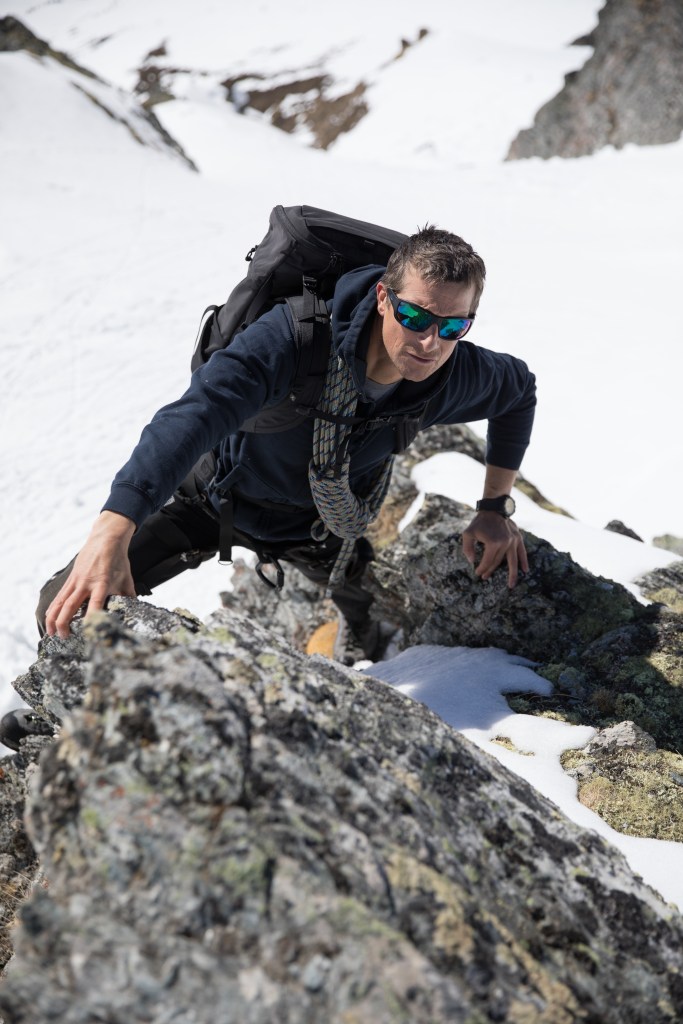
Bear’s rules to survive subzero temperatures
- Stay warm and dry.
- Make a snow walking stick for support, prodding the snow and using it to help movement across icy terrain.
- For deep snow, make snowshoes from whatever tough material you can find.
- Always resist the temptation to stop and curl up.
“Surviving in the extreme cold takes constant determination,” says Bear. “But, deep down, you have what it takes. Believe, and you will survive.”
More from Bear Grylls:
- How to Navigate without a Compass
- How to Move Across Ice
- Bitten By a Snake? Here’s What to Do
